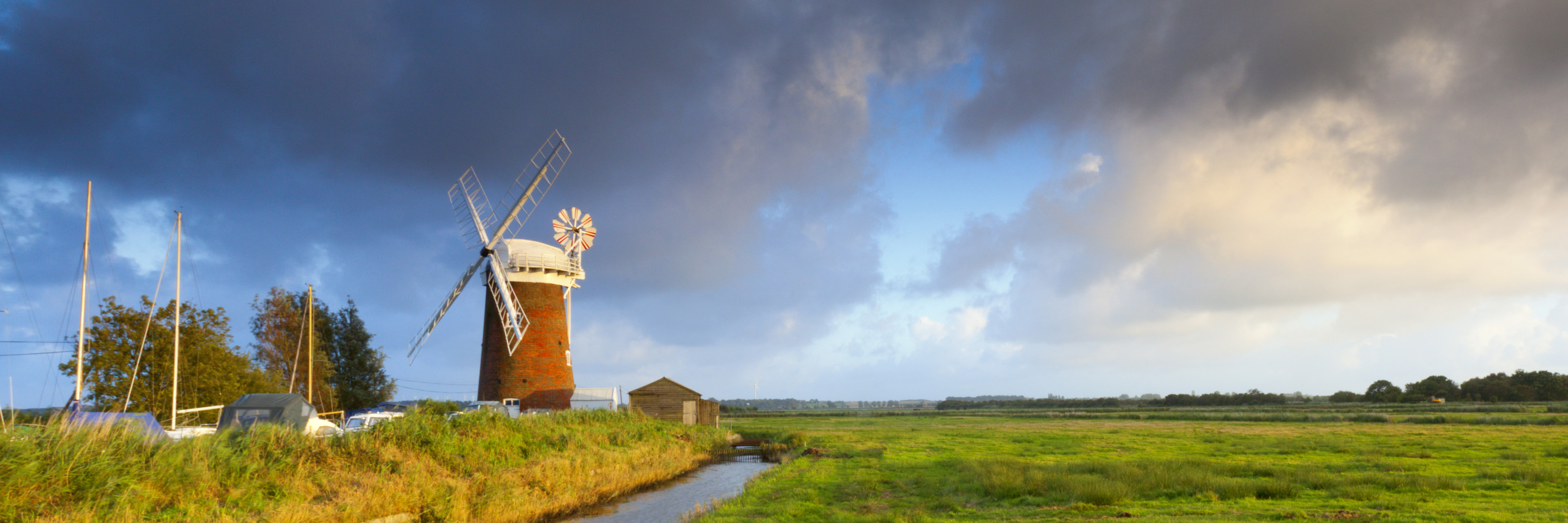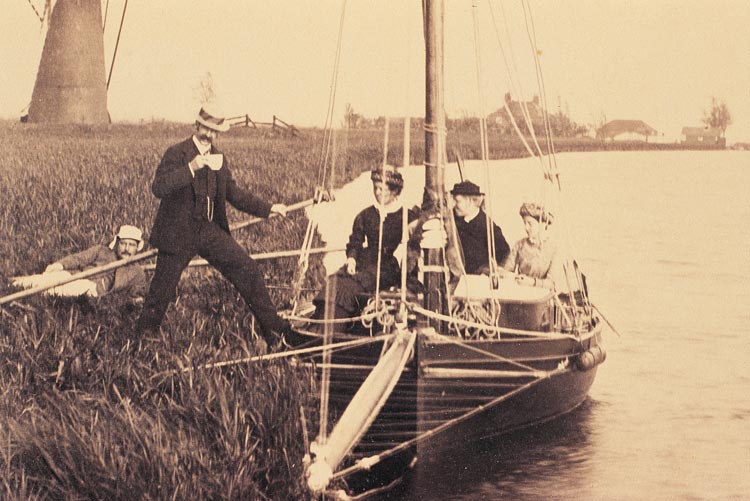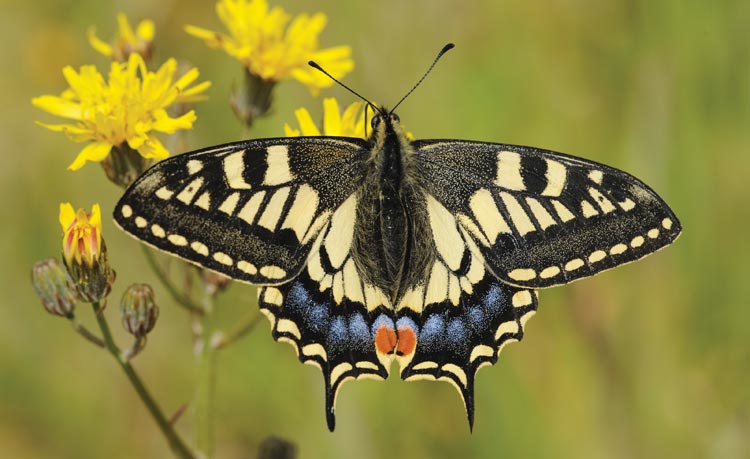

As one of the UK’s 15 National Parks, the Broads’ beautiful landscape, diverse wildlife and important cultural heritage are all protected – making sure they can be enjoyed for many years to come.
National Parks are designated for their unique landscape, wildlife and culture. Each park has its own special characteristics and the Broads is no exception.
The Broads National Park is made up of over 60 open areas of water known as Broads and seven rivers, the Ant, Bure, Chet, Thurne, Waveney, Wensum and Yare.

The Broads is an area rich in history. The landscape was originally dug out in medieval times to provide peat for fuel. In the 14th century, these peat diggings flooded, linking up with the rivers and creating the beautiful waterways we see today.
By the 19th century, the rich boating heritage of these waterways made them an obvious destination for those who enjoyed the increasingly popular pastime of pleasure boating. Today, the Broads is Britain’s third largest inland navigation area and the beauty and tranquillity of its lakes and landscapes attracts around eight million visitors every year.

Today, the Broads is also home to a huge variety of the rarest wildlife - greater than any other national park in Britain - and has become a ‘must-see’ for nature lovers.
Our stunning landscape is home to more than a quarter of the rarest species in the country, including several that are unique to the area. Britain’s largest butterfly, The Swallowtail, and the Norfolk hawker dragonfly are found only here.
With 25 percent of the park receiving international designation for its biodiversity, nine national nature reserves and 28 sites of specific scientific interest, conservation of the Broads is incredibly important to the biodiversity of the UK. In fact it is Britain’s largest protected wetland. Browse the wildlife pages on our website to learn more.
Often referred to as the Norfolk Broads part of the park is actually in Suffolk
Visit our accessibility page for ideas on accessible days out in the Broads area